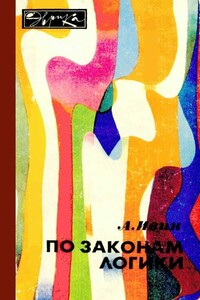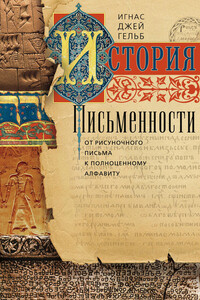12. Прочтите вслух и переведите устно следующие словосочетания/2 мин./. Запишите буквы словосочетаний, в состав которых входят существительные, обозначающие вещества /их в списке 4/.
а/ water at the roots of the civilization b/ a test of purity с/ in the form of vapour d/ constant attention to e/ experiment can settle f/ to throw light on g/ the use of dry gas h/ as part of the study i/ a piece of amber k/ the study of magnetism.
13. /2 мин./ Определите значение выделенных слов с учетом контекста. При наличии сомнений обратитесь к словарю.
1. How was it found out that some substances could be “electrified”? 2. To found means to lay the basis or foundation of something. 3. Iron founders found cast iron.
14. /9 мин./ Прочтите основной текст с целью запомнить его содержание. Не глядя в текст, мысленно проговорите содержание текста по русски.
15. /40 мин./ Запишите основной текст по-русски, последовательно излагая содержание логически завершенных частей. Работайте по схеме, предложенной на стр.Ю.
16. /4 мин./ Наложите прозрачную пленку на текст данного задания. Вместо многоточий вставьте, если нужно, соответствующий артикль. Перечитайте текст, стараясь запомнить его содержание.
Magnetism & Electromagnetism
1....magnetism has been known to... man for many...centuries, & ... Chinese are said to have been aware of some of its effects as early as 2600 B.C. 2. Its first practical use,... magnetic compass is credited to ... Chinese & was introduced in Europe about 1200 A.D. 3. Dr.Williams Gilbert /1540-1603/ made further... discoveries about ... magnetism & is also credited with being... first to publish recounts of his work. 4. After ... Gilbert’s discoveries many scientists have made ... numerous contributions to ... study of... magnetism. 5. ... principles they discovered have made possible... many applications of... magnetism as used in ... electrical & ... electronic equipment.
17. /4 мин./ Парная работа. Пользуясь сведениями цз задания 16, поговорите: а/ о магнетизме, с рядом явлений которого китайцы были знакомы еще в 2600 г.до н.э.; б/ о его первом практическом применении; в/ о дальнейших открытиях Гильберта и др.уче-ных, внесших вклад в изучение магнетизма, и о практическом применении открытых^нми принципов.
18. /20 мин./ а/Прочтите следующий текст и найдите ответы на вопросы:
1. What did Greek philosopher Thales find out? /1/ 2. Why was the direction of the current flow chosen by Franklin turned to be opposite to the direction of electron flow? /2/. 3. What is the nature of electrons? /2/ 4. What are consequences of the Bohr propositions about atoms? /3/
Positive & Negative Charges - the Bohr Atom Model
1. History reveals that more than 2000 years ago the Greek philosopher, Thales of Miletus, found that a piece of amber would attract light objects after he had rubbed it with his-fingers. Nothing further was made of this until A.D. 1600 when William Gilbert, an English scientist, experimented & found that other materials act the same way.
2. In the 18th century Benjamin Franklin /1706-1790/ experimented with static-electricity machines. Unfortunate as it is he could not have known about electrons at the time /1749/. It appeared logical to Franklin, & to most experimenters of his day, no doubt, to choose the direction of current flow as it seemed to be when he observed electrical discharge between the terminals of his machine. This caused him to conclude that the flow was from the positive terminal of the machine through the external path - air in this instance - to the negative terminal. About 150 years later Sir Joseph J.Thompson /England, 1856-1940/, & others, convinced most scientists of the granular nature of electric charges & of the nature of electron flow. Franklin’s chosen direction of current flow turned out-to be opposite to the direction of electron flow. But meanwhile so much work had been done„ principles established, & papers & books written employing the positive-to-negative direction for electric current that most researchers & writers adhere to this convention.



